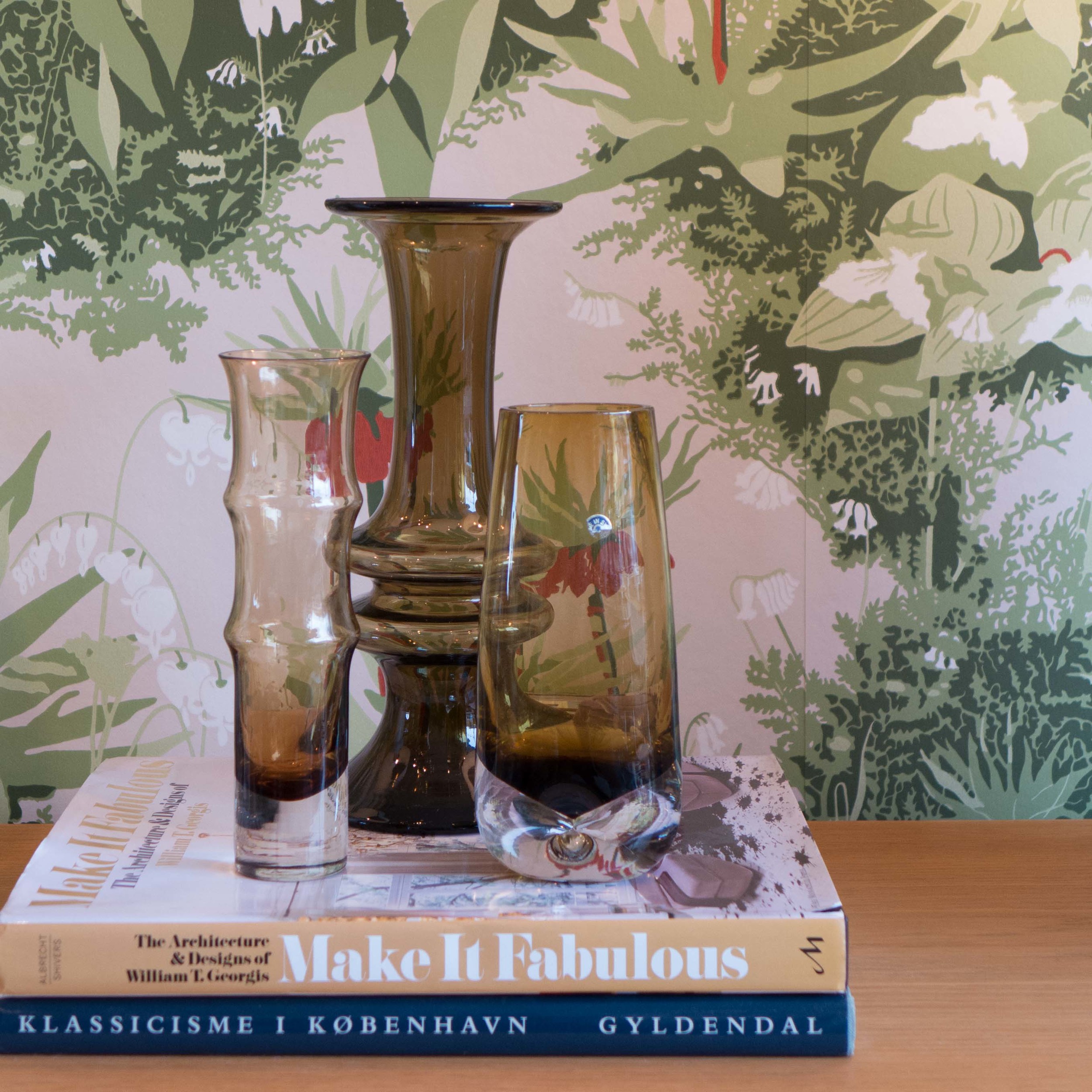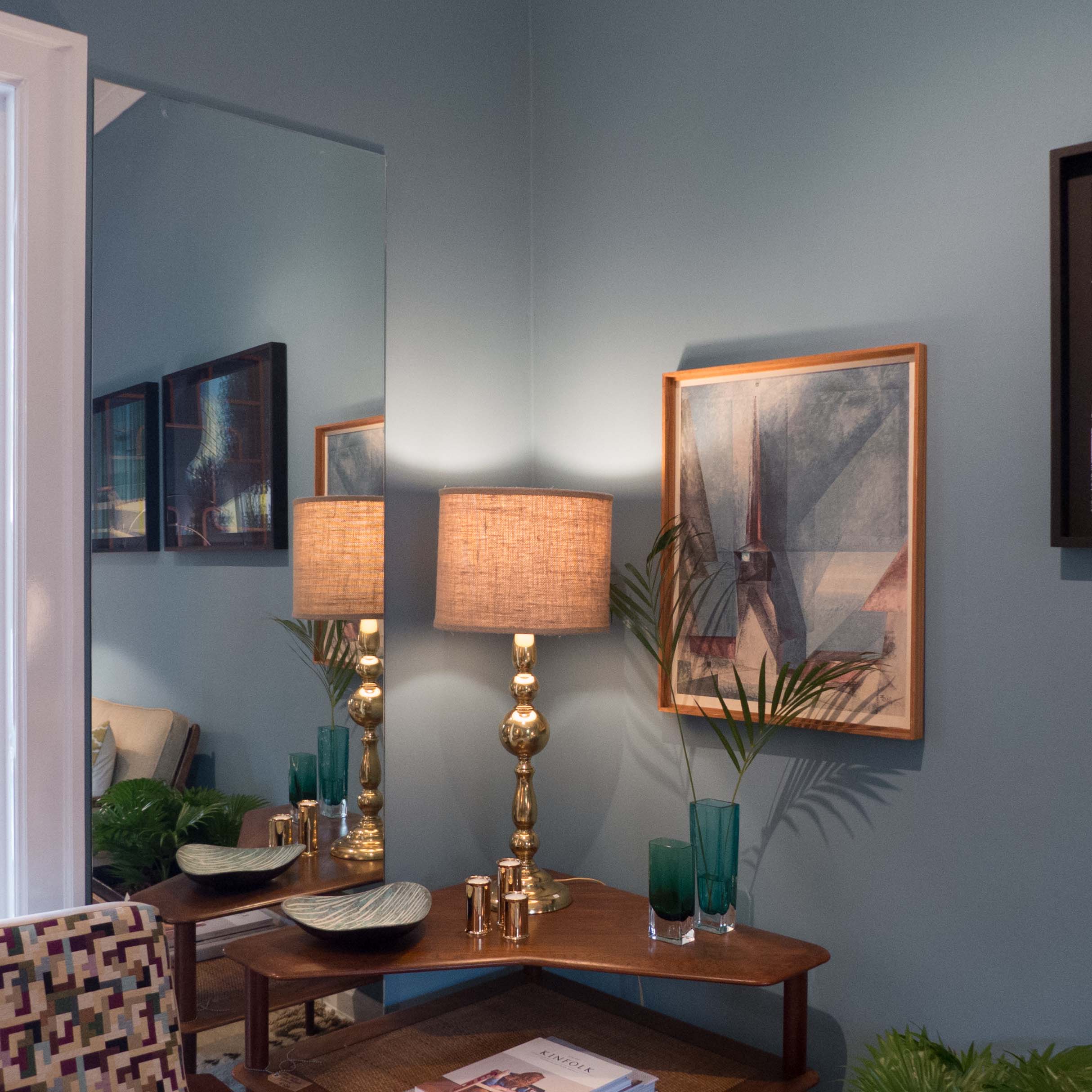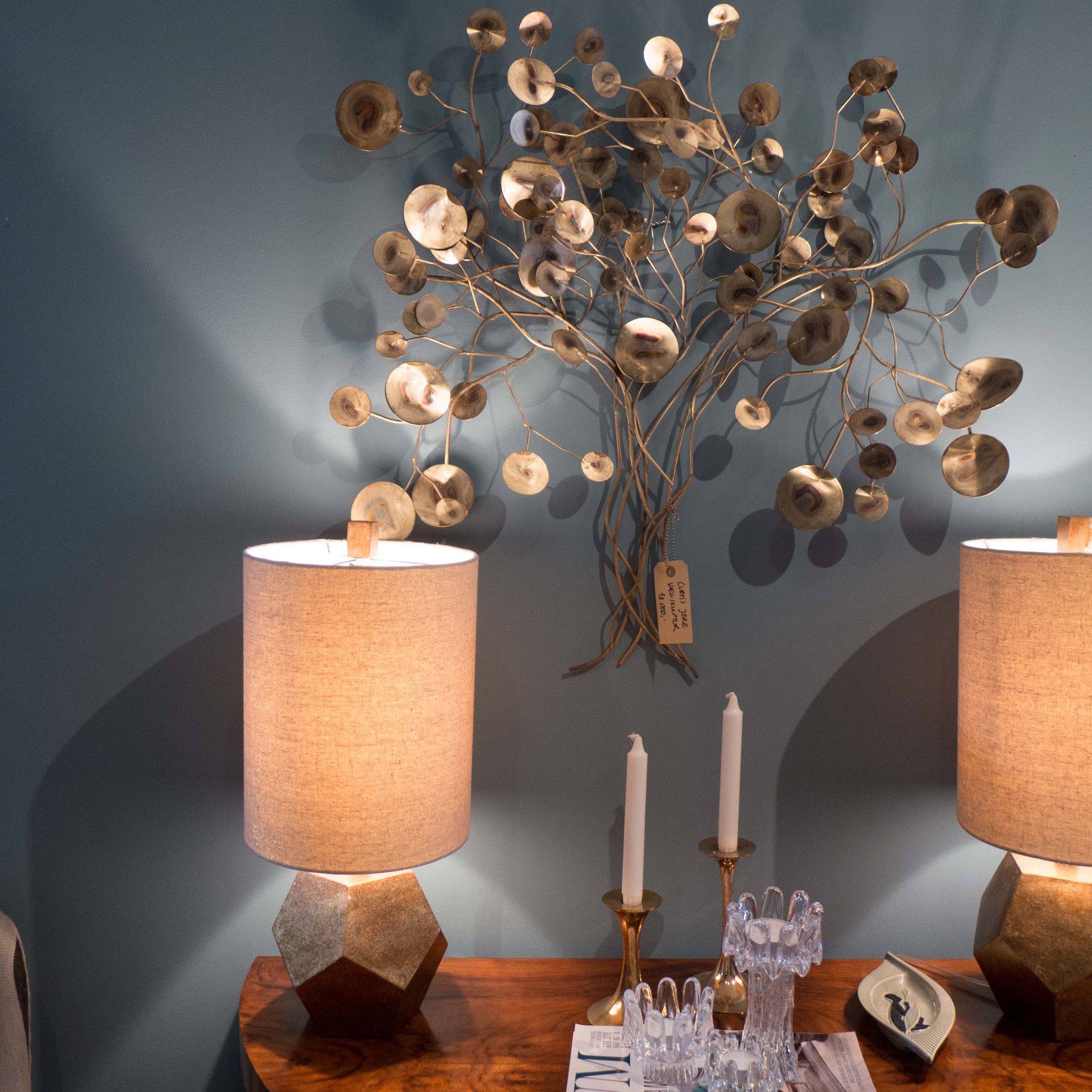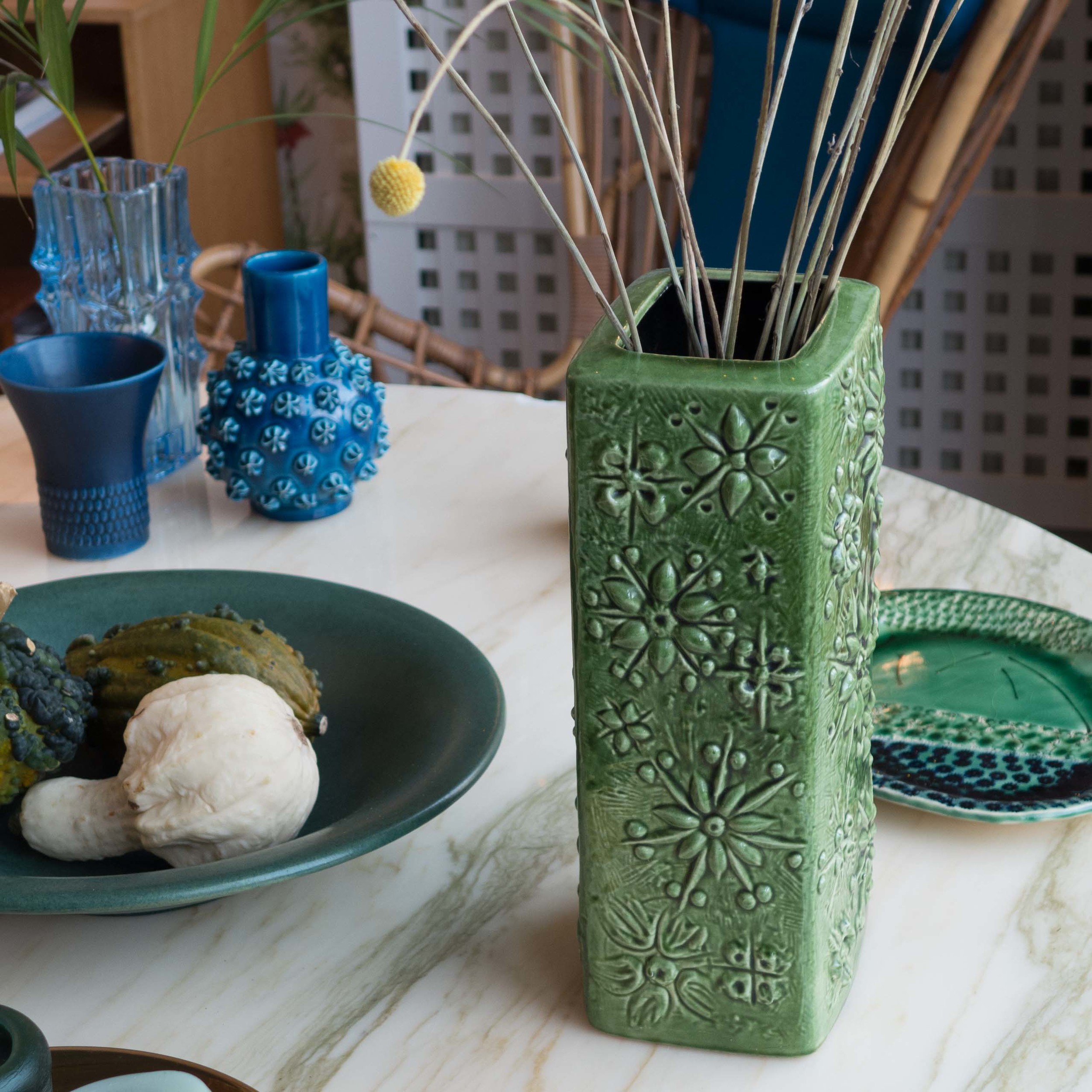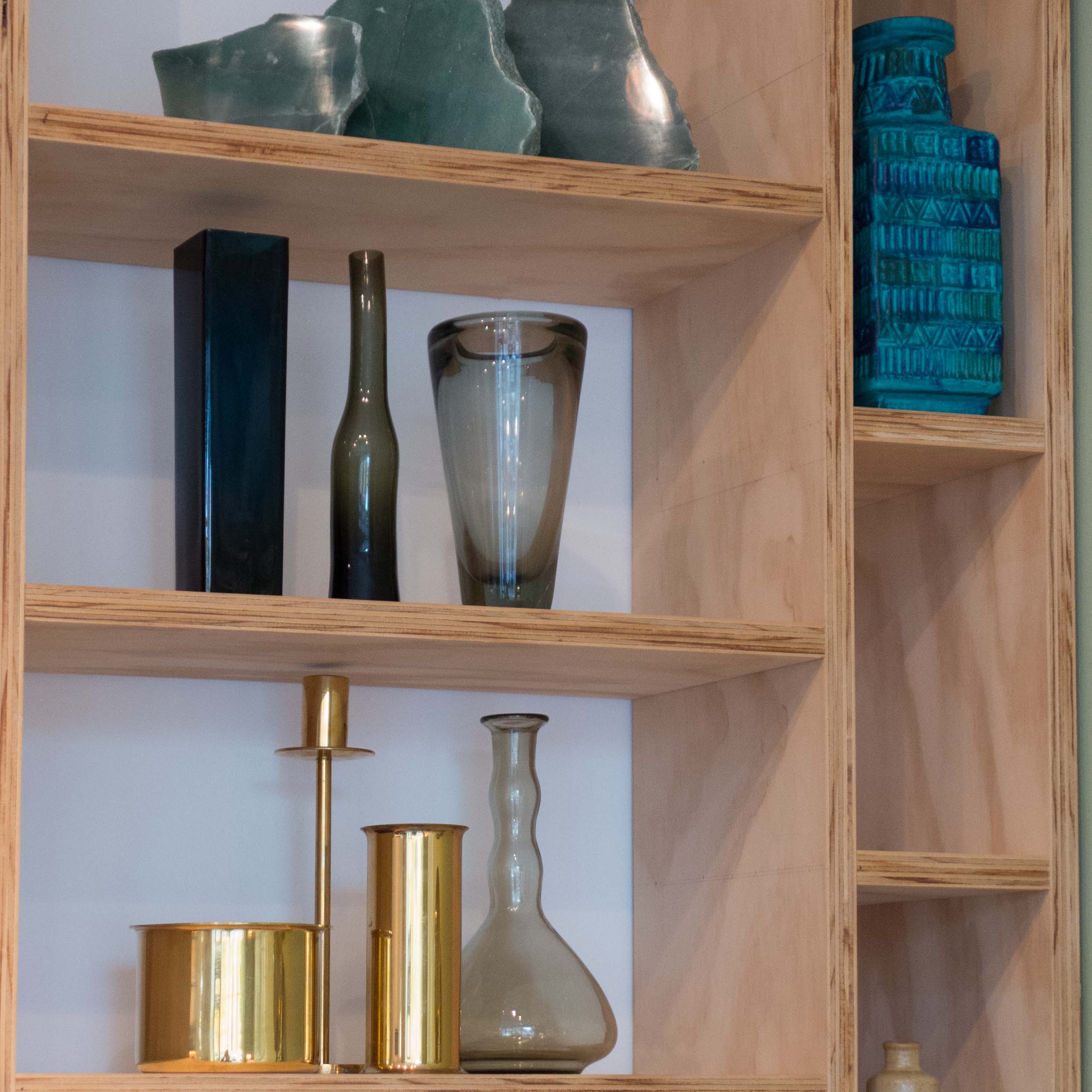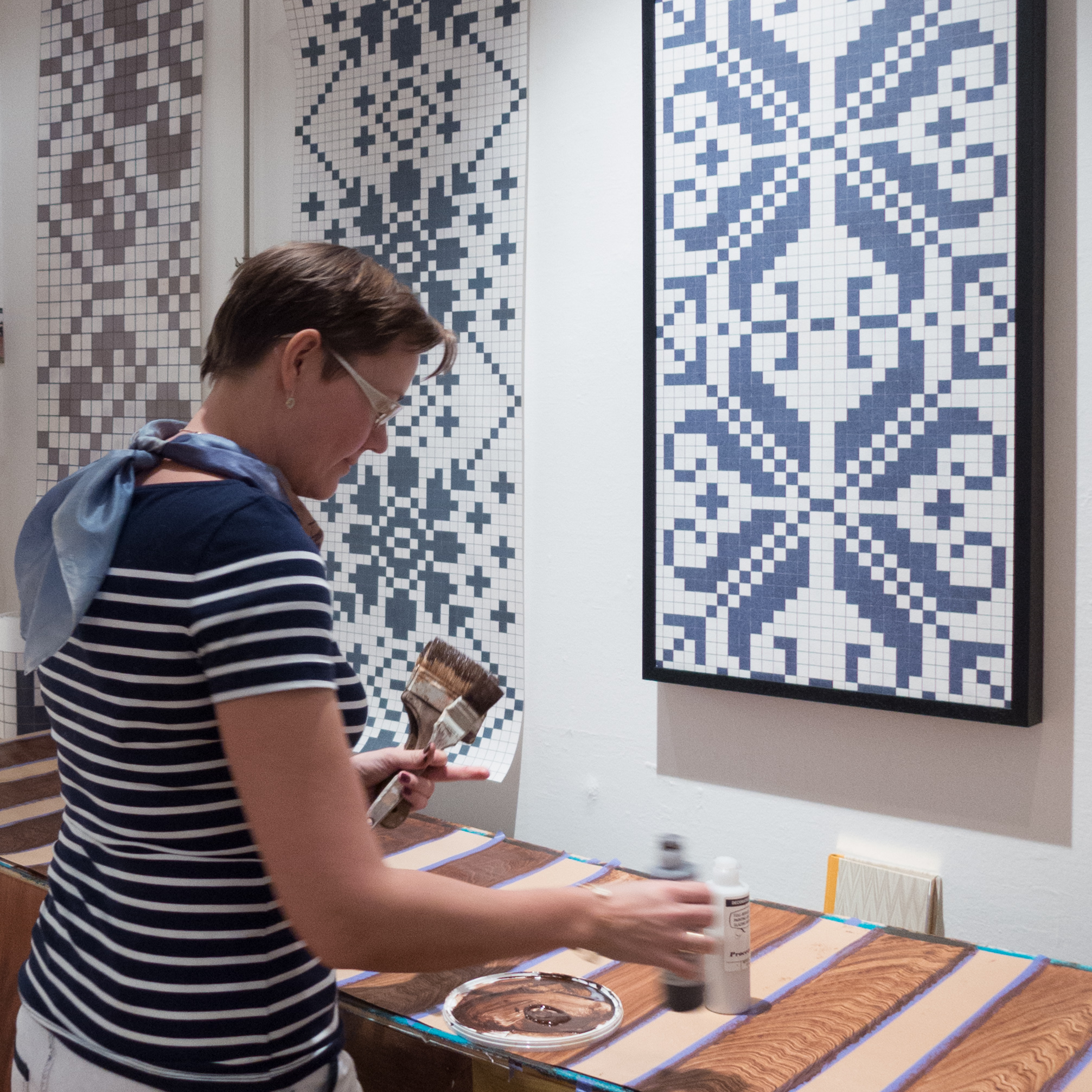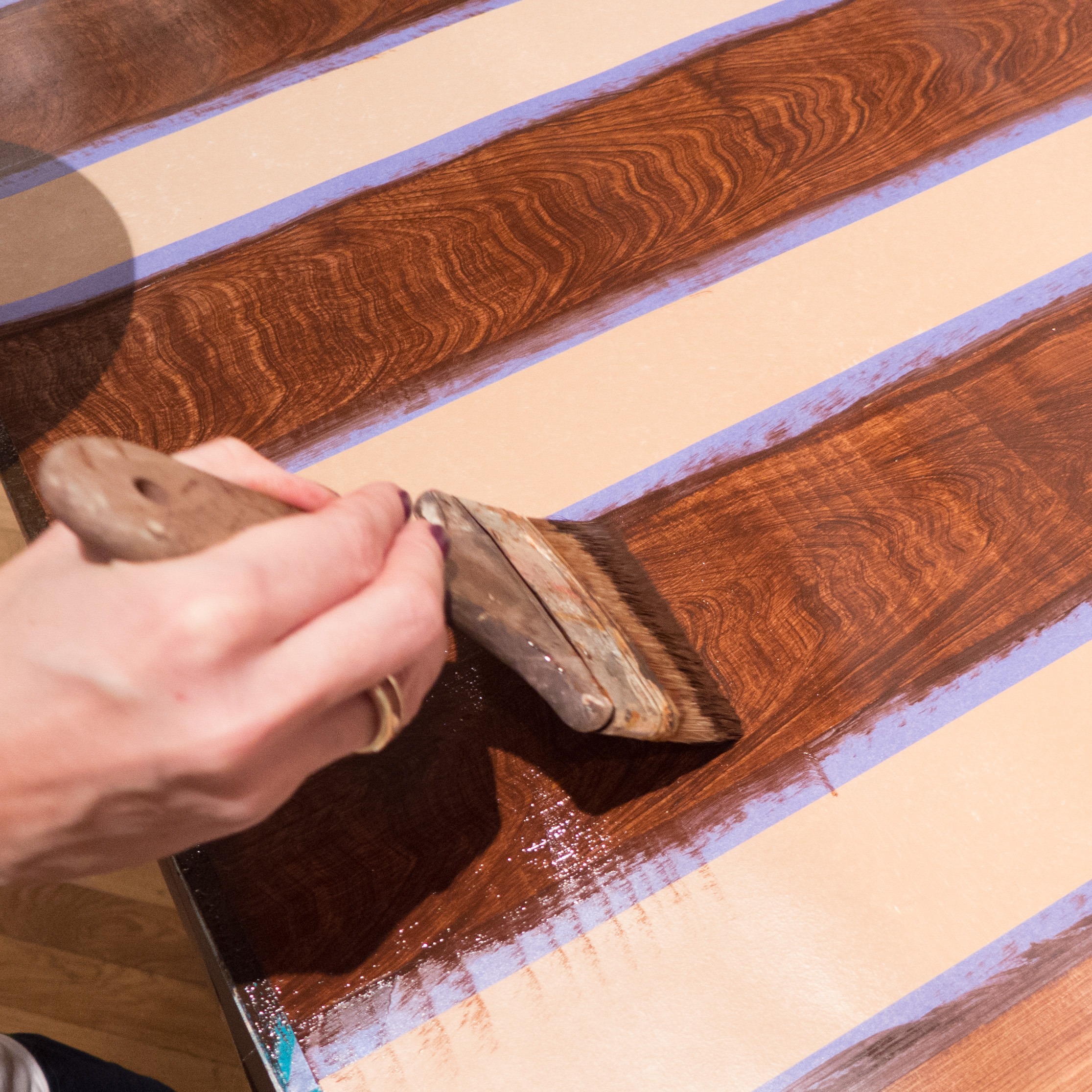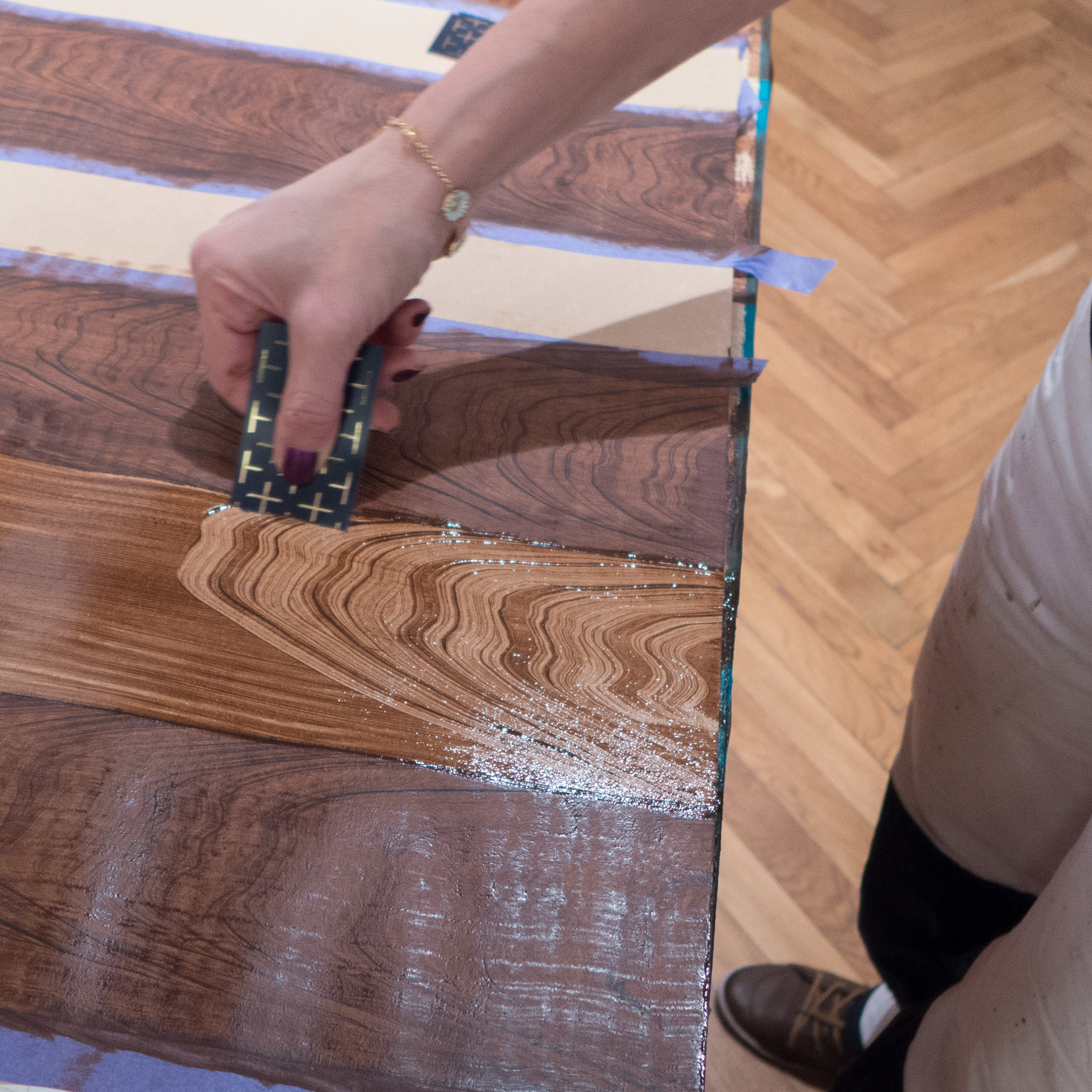restoration of wall paintings at Moltkes Palæ
/
At the end of last week Heidi Zilmer invited me to see her work on the restoration of wall paintings in the Gamle Seglsal - an antechamber to the Store Sal or first-floor great hall in Moltkes Palæ. The palace is now owned by Haandværkerforeningen, the association of craftsmen, and the room was decorated for them shortly after they bought the building in 1930.
Set on the corner of Bredgade and Dronningens Tværgade in Copenhagen, Moltkes Palæ dates back to the late 17th century when the first house on the site was built for Jørgen Henriksen Gosebruch, a Chief Customs and Excise Officer.
In 1696 the house and gardens were bought by Frederik Gyldenløve, half brother of the king and Governor-general of Norway. He rebuilt and extended the house and it remained a major town palace for a sequence of wealthy and aristocratic families through the 18th and 19th centuries. In 1852 the palace was purchased by Count Moltke, Prime Minister of Denmark, and his name is still used to identify the house.
In 1930 the property was bought by Haandværkerforeningen and they commissioned the architect Gotfred Tvede to alter the main entrance from Dronningens Tværgade and the main staircase, both on the south side of the palace, and to construct a new north range containing a new first-floor great hall for events and major dinners of the association and at the same time Tvede remodelled the courtyard side of the earlier street range to create this lobby or antechamber to the new hall.
Decoration in the room is painted directly onto the plaster and with time areas have been damaged or the paint has lifted slightly - hence the need for a programme of restoration works.
Heidi Zilmer is a very skilled restorer of historic hand-painted wallpaper as well as being a talented and prolific designer of new wallpapers. Here, in the Gamle Seglsal, the first stage was to consolidate loose paint and then fill and prepare areas of more extensive damage. After restoring the base colour, Heidi marked out the missing areas of the design … surviving areas of the pattern, to be reproduced over the damaged sections, were traced in pencil onto thin paper and then, the outline was pricked through with a line of closely spaced pin holes and graphite powder used to transfer the design to the wall - a technique known as pouncing. Original details of the artists brush strokes for line work and pronounced strong brush strokes in areas of blocked-in colour have been imitated exactly and pigment has been carefully and precisely matched to the surviving colours where they have faded or changed in different ways.
That evening I went out for supper with Heidi and her assistant to discuss their work.
As I have said elsewhere, I first met Heidi last Autumn at Museumsbyggningen when she showed her wallpaper designs and demonstrated historic painting techniques such as trompé l’oeil and imitating wood graining in an exhibition called The Time is Now. And I talked to Heidi again at Northmodern in January and saw her at the 3daysofdesign event called Re-framing Danish Design where her wallpaper was chosen by Danish™ for their exhibition.
As well as restoring historic wallpaper and historic decorative schemes in major buildings, I knew that Heidi also teaches design history and has designed an extensive range of modern wallpapers. I just assumed that she had studied at university in Kolding or here in Copenhagen.
It was only as we talked that I realised that in fact she had followed a traditional craft route and had completed a full painter’s apprenticeship. She is proud, justifiably proud, of that because it is those tangible skills that inspire all her designs and those skills and knowledge of her craft that has brought her international recognition - she was invited to participate in the annual meetings of the Salon of Decorative Painters exhibiting her work first at the Salon in Bergamo in 2009, in Versailles in 2010, in Tokyo and then this year at the Salon in Lecce.




